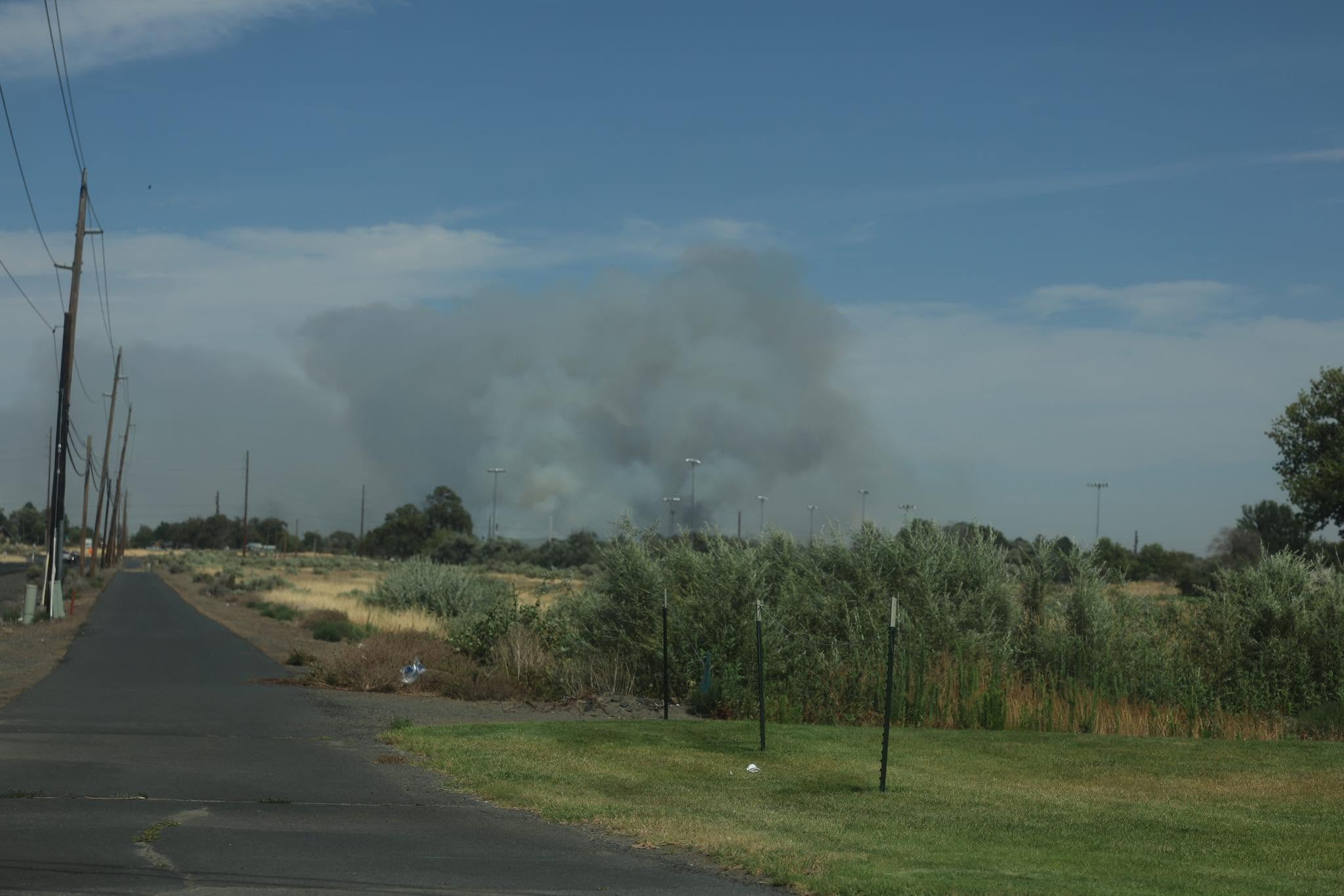Despite statewide disparities, Umatilla County sits on local racial COVID-19 data
Published 6:00 am Saturday, September 5, 2020

- Fiumara
UMATILLA COUNTY — In a state where people of color have disproportionately contracted COVID-19, the director of Umatilla County Public Health suggested local numbers looked worse.
But Umatilla County is keeping the exact splits under wraps, a move Joe Fiumara said is informed by groups that represent the county’s non-white communities.
“The numbers, they’re in line with what the state numbers are,” Fiumara said in an interview. “But it’s definitely an eye-opening version of the numbers. Our rates are definitely higher than the statewide numbers are split up.”
Fiumara said he met with a group of “stakeholders” a month ago, and they told him that releasing racial demographic data would only become “fodder” for people looking to scapegoat the county’s minority populations.
“Ultimately, our concern is we’re going to further some stereotypes and some stigma by putting out data that shows one population is being disproportionately affected by the virus,” he said.
When asked for a specific list of stakeholders, Fiumara referred the East Oregonian to Jose Garcia, the chairman of the Hermiston Hispanic Advisory Committee, who wrote in an email that he’s been on the ground in the Latino agricultural community since the onset of the pandemic.
Garcia recounted conversations where Latinos told him they were tired of being stigmatized and blamed for the county’s COVID-19 outbreak, and he was concerned that publicizing the data might prevent people from seeking help.
“It is not fair to share the (racial demographic data), despite how many have been infected,” he wrote. “Latinos will continue to be scrutinized in this country and people will continue to point the finger. These farmworkers are essential to the economy of Umatilla County and many community members don’t realize that.”
Fiumara also mentioned Yellowhawk Tribal Health Center as being a part of the stakeholder group, although he later said staff from the Umatilla Indian Reservation clinic were not a part of those discussions at the time.
When asked whether Yellowhawk would be opposed to releasing racial demographic data, the clinic provided a statement that was in favor of transparency.
“Yellowhawk has encouraged the transparency of data and information sharing since the beginning of this pandemic,” the clinic states. “Our website is updated daily with case counts, number of tests performed, hospitalizations and deaths. Because Yellowhawk provides services to American Indians/Alaska Natives only, race-specific data is readily available to all audiences. Additionally, when Umatilla County Public Health developed the map of COVID cases, CTUIR requested that its boundary and case counts be included for the sole purpose of transparency.”
Racial disparities
If Umatilla County’s COVID-19 racial demographic data is in line with the state’s trends, it would show a picture of the county’s burgeoning Latino population taking the brunt of a deadly pandemic.
Self-identified Latinos and Hispanics make up less than 1 in 7 Oregonians, but comprise 2 out of every 5 reported coronavirus cases. Blacks, Pacific Islanders and American Indians are overrepresented in the state’s COVID-19 data as well.
Fiumara said the county isn’t experiencing racial disparities in COVID-19 cases because of biological differences between races, but rather the differences in how people work and live.
Specifically, Latinos are heavily represented in the local agriculture and food processing industries, which are prominently featured in the state’s workplace outbreak list.
In the most recent edition of the list, agricultural and food processing employers in Umatilla and Morrow counties make up 40% of the top-40 active workplace outbreaks in the state.
Other Umatilla County data suggests Latinos aren’t getting infected at a higher rate because of attitudes or practices.
An August survey of 250 county residents revealed that nearly two-thirds of Hispanic residents were either very or somewhat concerned about being exposed to the coronavirus. For white residents, far less than half expressed the same level of concern.
Latinos were also far more likely than their white counterparts to say they practiced social distancing and wore face coverings when out of the house.
Statewide crisis
Across the state, counties with higher Latino populations have been flagged for their outbreaks.
The six Oregon counties where at least 1 in 5 residents are Latino — Umatilla, Morrow, Malheur, Hood River, Marion and Jefferson — have all been or remain on the governor’s COVID-19 watchlist, which identifies counties where the virus has spread too fast and without known sources.
But the Oregon Health Authority doesn’t want to release county-by-county racial demographic data either, albeit for different reasons.
OHA spokesman Jonathan Modie said the population size of some rural counties is too small to reveal the racial demographics of COVID-19 cases because it might make individuals identifiable.
And although a 2013 state law requires medical providers to collect race, ethnicity, language and disability information once they identify positive cases, Modie said some medical providers have been failing to provide that information. While the sample size is large enough statewide to absorb gaps in data, Modie said, it’s not the same situation with counties.
If health providers don’t collect it, Fiumara said the county often collects race data when it investigates individual COVID-19 cases. And with more than 2,700 total cases and counting, Fiumara said it isn’t an issue of the sample size being too small.
The health department is keeping Umatilla County’s COVID-19 racial breakdown opaque for now, but Fiumara didn’t rule out releasing it in the future and expected it would one day see the light of day.
“Once it’s out, it’s out,” he said.









